Éco-conception des panneaux photovoltaïques
Un bref aperçu des avantages et des défis environnementaux liés à l’énergie solaire
Introduction
Les panneaux photovoltaïques (PV) sont des dispositifs qui convertissent la lumière solaire en électricité. Ils sont largement utilisés comme source d’énergie renouvelable et propre, réduisant les émissions de gaz à effet de serre et la dépendance aux combustibles fossiles. Cependant, les panneaux PV ont également un impact environnemental tout au long de leur cycle de vie, depuis l’extraction des matières premières jusqu’à la fabrication, l’installation, l’exploitation et l’élimination en fin de vie. Il est donc important d’appliquer les principes de l’éco-conception aux panneaux PV, qui visent à minimiser les impacts environnementaux et à maximiser l’efficacité des ressources des produits et services.

Stratégies d'éco-conception pour les panneaux photovoltaïques
L’éco-conception peut contribuer à réduire l’impact environnemental des panneaux photovoltaïques grâce à différentes stratégies, telles que :
Améliorer l'efficacité énergétique et la durabilité
des panneaux photovoltaïques, qui peuvent réduire la demande énergétique et la production de déchets.
Utilisation de matériaux renouvelables ou recyclés
qui peuvent réduire la consommation de ressources et les émissions associées à l'extraction et au traitement des matériaux.
Optimisation de la conception et de la mise en page
des panneaux photovoltaïques, qui permettent de réduire la quantité de matériaux utilisés et les coûts d'installation.
Mise en œuvre de processus de fabrication écologiques
qui peuvent réduire la consommation d'énergie, la consommation d'eau et les émissions pendant la phase de production.
Faciliter l'entretien, la réparation, la réutilisation et le recyclage
des panneaux photovoltaïques, ce qui peut prolonger leur durée de vie et réduire le besoin de nouveaux panneaux. Cette stratégie consiste à concevoir des panneaux photovoltaïques faciles à démonter, à réparer et à remplacer, ainsi qu'à mettre en place des systèmes de collecte et de recyclage permettant de récupérer les matériaux et composants précieux des panneaux mis au rebut. La réutilisation et le recyclage des panneaux photovoltaïques peuvent réduire l'impact environnemental de la phase d'élimination, ainsi que la demande en nouveaux matériaux et en énergie pour la phase de production.
Avantages et défis de l'éco-conception pour les panneaux photovoltaïques
Réduire les impacts environnementaux
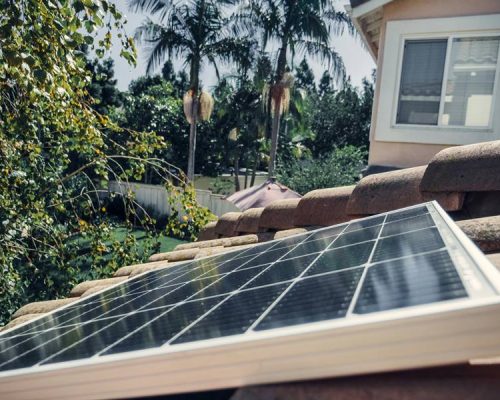
Améliorer les performances économiques
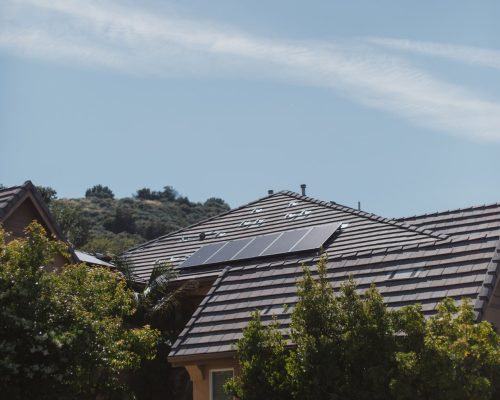
Renforcer l'acceptation sociale
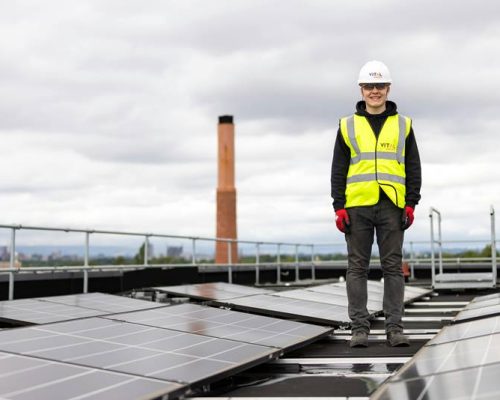
Manque de données et d'outils
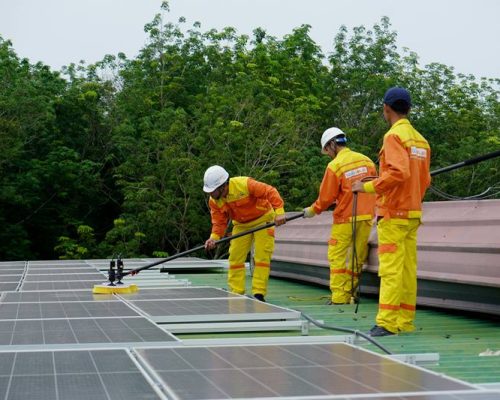
Absence de normes et de réglementations
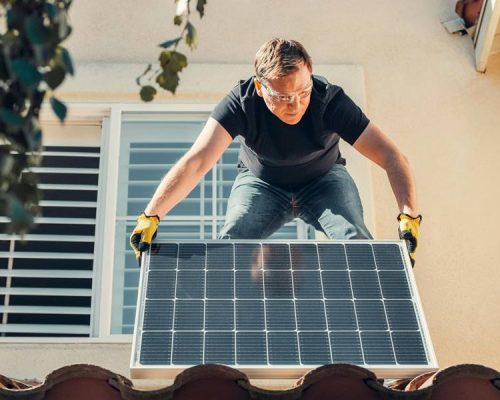
Manque de sensibilisation et d'éducation
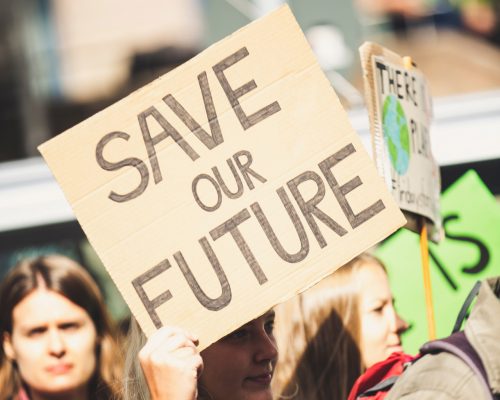
Conclusion
Les panneaux photovoltaïques constituent une technologie prometteuse pour la transition vers un système énergétique durable et à faible émission de carbone. Cependant, ils ont également des impacts environnementaux qui doivent être pris en compte en appliquant les principes de l’éco-conception.
L’éco-conception peut contribuer à améliorer la performance environnementale, la viabilité économique et l’acceptation sociale des panneaux photovoltaïques, en appliquant différentes stratégies tout au long de leur cycle de vie.
Cependant, l’éco-conception est également confrontée à certains défis qui nécessitent davantage de recherche, d’innovation et de collaboration entre les parties prenantes.
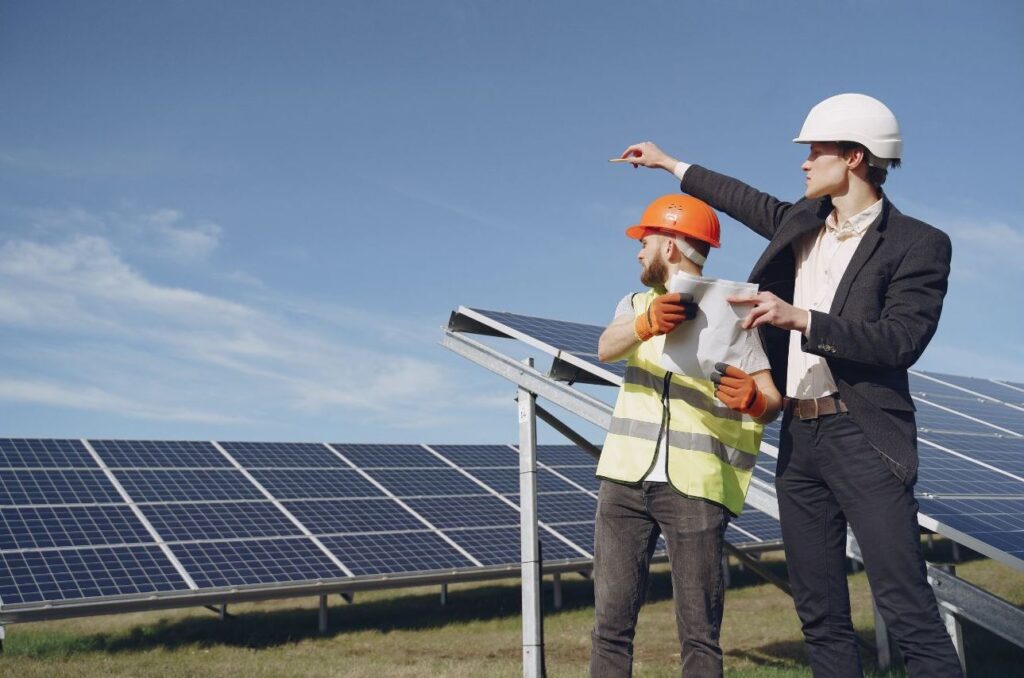
18 avenue de l’Opéra
75001 Paris, France +33 01 83 75 77 00


